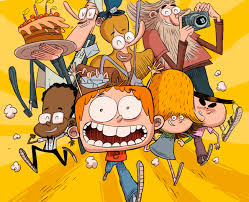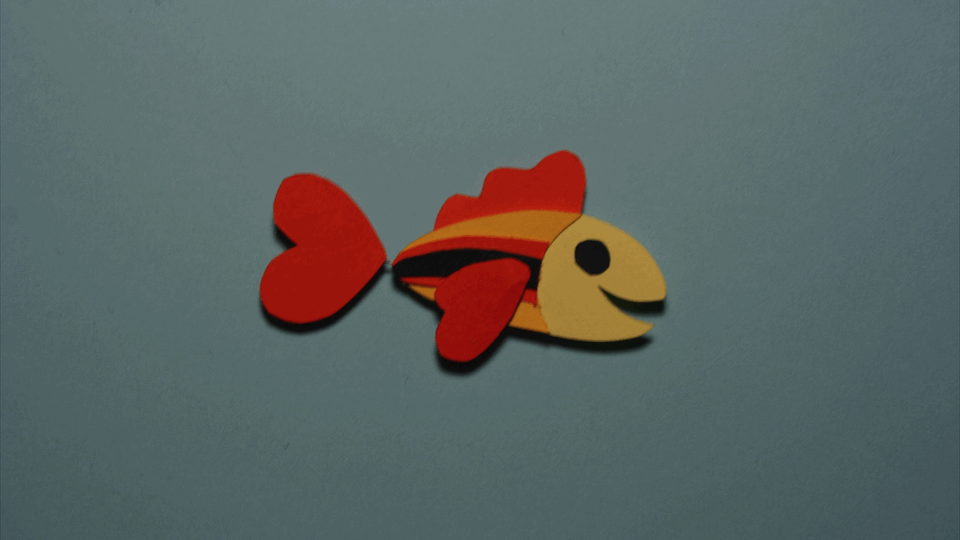An animation/cartoon is something which is common to all. There are many kinds of animation 2D animation production, 3D animation Production, Motion Graphics and so on. But today we are going to be focusing on the work done by 2D animation studios. Each one of us here has watched them, drawn them, and even laughed at them.
One thing that hasn’t remained common is the technology used. There was a time when nothing was beyond Bob the Builder, Thomas, and Friends and now we have all the mind-bending animes , Lego movies, Power Rangers, and what not! Thus, with the progressing technology keeping the content also intact is also a skill. This skill can only be reached by following a proper or predefined step for producing these 2D animation videos.
What is 2D Animation?
2D animation is a significant animation type that is continuously used to make videos, cartoons, video games, animated movies, advertisements, and so much more. Business companies use 2D animation for their promotional purposes and even employ teams that exist for the same purpose. Animation creates a massive impact on the audience, and because of their visuals, the auditory or the kinesthetic is just adorable to watch.
2D animation is having the characters of the objects generated in a 2-dimensional area or space. The characters only have height and width. 2D animation has its origin in the 1800s and is considered among the traditional styles of animation. Firstly, it was created or generated by pulling the frames together in which the drawings would come one after the other, which would be slightly different from each other. 24 frames were included each second. Some famous 2D animations are our favourite Disney shows and movies, Bambi, Snow-white and the seven dwarfs, or The Little Mermaid and so on.
With the advancement of technology, the production process of 2D animation has also become more accessible. Now, I have software and applications to create 2D animations. Using this software, we can draw the figures and animate them. In this article, we will be talking about the various stages of the production of 2D animation. For those thinking about starting a new 2D production or planning to improve, this article shall help you with it.
For those thinking about starting a new 2D production or planning to improve, this article shall help you with it.
Stage 1: Research and Idea Collection
Behind every successful video or production, there is a simple yet eye-catchy or effective idea and thus, for starting a new production or 2D animation video the first step is the collection or coming up with the idea. The newton’s apple here is the base or face of your future as a brand. The process of research also evaluates the market to figure out the best method for putting out the right message in the best way forward for your brand.
Stage 2: Coming up with a script
Behind every successful video is its promising script. The first and the most crucial stage for any video production be it a film, 2D animation ,etc. However, with 2 D animations emphasis is placed on the visual scripting of the action, performance, and the drawing of 2D cartoons or structures.
The video production creative team should all put their head together for nailing the right concept which is then flushed out into a full script. The key is to present the message in the simplest, most comprehensive manner to your target audience.
Stage 3: Storyboard
Before coming up with the Storyboard the pre-requisite is a mood board. A mood board is a type of collage consisting of images intended to project a particular style and concept. When you are decided with the best collection you start building the storyboard. This stage is where the script is visualized graphically as a sequential series of images.
The creation of a storyboard allows the director to detect any problems with the script and to make necessary changes to enhance the story.
Stage 4: Style & Illustrations
This stage includes coming up with custom, full-color visuals that would help one get an accurate idea of the final 2D video. Depending on the video the background, props, characters, text, etc. can be selected. A style and look must be agreed for all the visual elements at this stage.
. The main motive is creating model sheets for each element. These sheets later are used as a reference by the team of animators to keep a check on the final outcome. This stage also includes character editing, background painting, etc.
Once the background layouts are completed, they are ready to be painted. After the completion of the painting of background, these are sent to the Compositing team.
Stage 5: Effective Voice Over
Since here we are shooting with nonhuman and rather human-created characters we would require a voice over for our videos. Now while selecting a voice-over see to it that the voice of the artist is soothing, clear, and soft to the human ear as many times the voice is not audience-friendly or is disturbing in nature which leads to the audience hating your videos. The most engaging male or female voice with the right accent is to be selected. The perfect voice-over reinforces the message of the video and can make a world of a difference.
It is these voices that will be later used for the animatic, the animations, and the final composing.
See to it that the voice artists and the character’s voice are synched and imaginable. Though coming up with a voice-over might be expensive but try not to compromise on the crucial parts.
Stage 6: The work of the Animation team
Now that the voice-over, script, and storyboard are approved, now it is time for the animatic to show their skills. This skill requires proper attention to details and each step should nail a perfect on. The visuals should be able to reflect the script effectively and efficiently. The animatic, also known as the Leica reel, comes directly from the storyboard. The animatic is the first movie of a project and is used to help the animators and compositors.
It not just creating and compiling involved here but the video editing of the video also is a very crucial step of this stage. Editing is choosing segments of the animation production footage, sound effects, and sound recordings in the post-production process that will be in the final output. Removing all the unwanted pictures, animations, and noises from the videos add the finishing touches to it. (It is always better to keep a double check on the editing part of the video).Without the video editing, your 2D animations would be just a blunt show, and it the sharpness of images (the 2160 or 1080s that people are after these days).
This stage is the final stage after this it’s only your videos that does the speaking.
Stage 7: Post Production
Post-production involves the second and final stage of video editing and voice modulation/mixing. All the pointers like background, sound mixing, graphics are to be checked thoroughly.
After the videos are finalized they are sent for a preview to the feedback team which highlights the much-needed change or corrections in the videos if needed. The musical scores are to be kept to the point so as to connect with the audience. These form the final cherry to the cake.
Tips On Making The Perfect 2D Animation
- In 2Damination, the essential thing is to make the figures work impressively as well as realistic. Try giving weight & volume to the figures or characters as they are moving.
- Anticipation is significant. The audience needs to know or be aware of the major thing that is going to take place.
- Staging has to be perfect. Try expressing clear intentions of the figures or the characters by every action and pose.
- Try to create every scene after another or draw the essential poses and add the transitional poses afterwards.
- Keep a check on the movements of the figures or characters. Sometimes, even when the figure has stopped moving, the other part of its body is still in motion.
- To make the actions look realistic, add more frames to the beginning and the end of actions and fewer frames in the middle.
- Exaggerate the movements to emphasize some ideas or points.
- To adjust timing, make the scenes slower & faster.
- To get the audience to focus on the major or the main action, add on secondary actions to bring in the liveliness.
- Lastly, create appealing characters.
Cost of 2Danimation Production
The cost of animation productions depends on a few things, like the length of the video and its style. In the case of 2D animation, it depends on the per-basis. And a video of 60seconds can cost between 20$ to 50000 $ which is going to be 1300 to 3,50,000 INR per minute.
So, this is all that you need to know about 2D animation. 2D animation has done a minor come back with the technology change. It’s a significant field in the animation industry and the need of the hour in various advertisement companies. It can be easily predicted that the demand for 2D animation will increase more in the years to come.
And finally, after revisions, the video is out!



